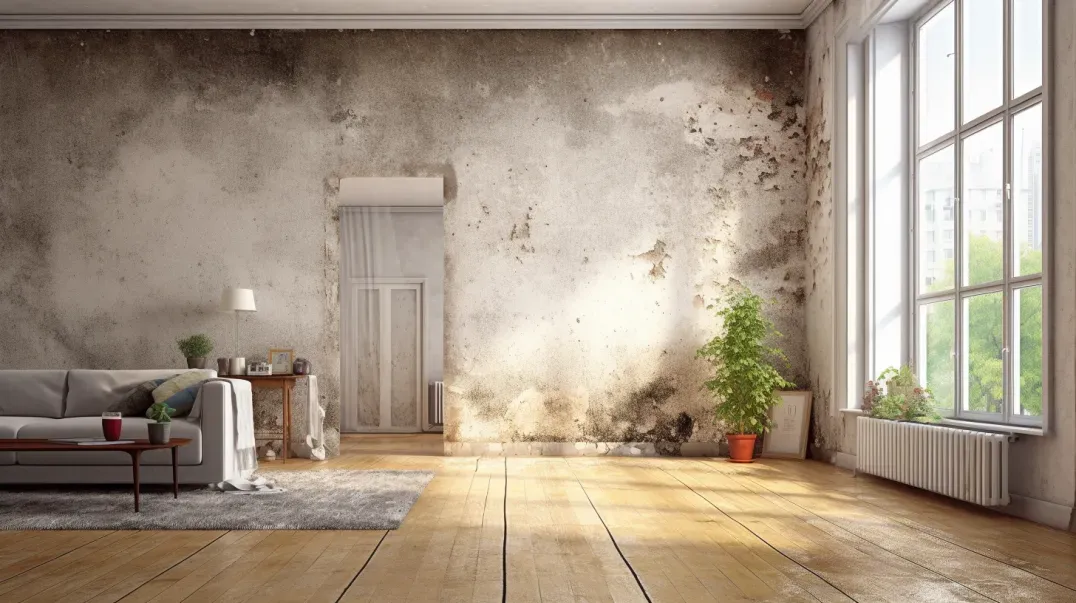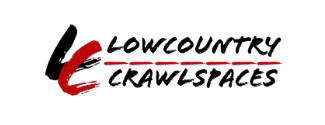Understanding Mold: Types and Common Habitats in Homes
Mold is an insidious and often underestimated inhabitant of our living spaces, thriving quietly in corners where moisture and neglect converge. In this blog, we embark on a detailed exploration of mold—understanding its nature, uncovering the reasons for its growth, and illuminating the implications for homeowners and renters alike. Like annotating a complex text, we will dissect mold's characteristics and behaviors, adding layers of explanation to demystify its presence in our homes.
Mold's ability to grow almost anywhere—on carpet, clothing, food, paper, and even in places as invisible as the backside of drywall—makes it a pervasive issue. The key conditions for mold growth, including moisture, warmth, and organic material, are often met in various home environments, particularly in areas like bathrooms, kitchens, and basements. Through an annotated narrative, we will link these growth conditions to everyday household activities, such as steam from a shower or a spill that goes unnoticed, highlighting how ordinary occurrences can foster an ideal breeding ground for mold.
This blog aims to educate by making the invisible visible, annotating the common and the overlooked aspects of our homes that contribute to mold growth. By understanding mold's nature and the reasons it thrives, we can better prevent its presence and protect our homes and health from its subtle encroachments.
What is Mold?
Mold is a common yet often misunderstood presence in many homes and buildings, affecting both the integrity of structures and the health of the inhabitants. This section of our blog serves as an annotated guide to understanding mold, breaking down its biological nature and health implications with clear, contextual annotations to deepen reader engagement and knowledge.
Biological Overview
Mold as a Fungus:
Mold is a type of fungus that can spread and reproduce through tiny spores that float in the air. These spores are invisible to the naked eye and can germinate under the right conditions, leading to mold growth often unseen until it becomes a larger problem. Annotations here will link to images and microscopic views of mold spores, helping readers visualize and understand their pervasive nature.
Conditions for Mold Growth:
Mold requires three key conditions to thrive: moisture, warmth, and organic material. Annotations in this section will delve into each requirement, explaining how everyday activities like cooking, showering, and improper ventilation create ideal breeding grounds for mold. This part of the blog will include annotated diagrams or sidebars that detail how mold colonizes and grows in various household environments, providing a scientific yet accessible perspective.
Health Implications
Mold and Health Risks:
Exposure to mold can lead to a variety of health issues, primarily affecting the respiratory system. This subsection will overview how mold exposure can cause symptoms ranging from sneezing and coughing to severe allergic reactions and asthma attacks. Annotations will connect these symptoms to the types of mold commonly found in homes, providing a clear link between mold exposure and potential health effects.
Considerations for Vulnerable Populations:
Certain groups, such as children, the elderly, and individuals with compromised immune systems or pre-existing respiratory conditions, are particularly vulnerable to the effects of mold. This part will use annotations to highlight specific risks and preventive measures for these populations, ensuring that the information is both actionable and scientifically grounded.
Common Types of Mold Found in Homes
Mold in homes is not just a single entity but comes in various types, each with its own characteristics and health implications. This section offers an annotated overview of the most common molds found in residential settings, providing insights into their appearance, typical habitats, and potential health effects. Each description is meant to enlighten homeowners on what to look out for and how to address different types of mold effectively.
Cladosporium
Appearance and Habitats:
Cladosporium is known for its olive-green to brown or black color and can be found in both cool and warm environments. It commonly adheres to surfaces like fabrics, woods, and air ducts within homes. Annotations in this section will link to visual guides that help identify Cladosporium and explain why these materials provide suitable environments for its growth.
Health Effects:
Exposure to Cladosporium can lead to respiratory problems, such as asthma and allergy symptoms. Detailed annotations will discuss these health risks, providing citations from medical research to support the information and offering guidance on mitigating exposure, especially in sensitive individuals.
Penicillium
Characteristics and Appearance:
Penicillium molds are easily recognizable by their blue or green coloring, which is often seen on spoiled food but can also appear on walls and other surfaces. Annotations here will expand on the conditions that favor Penicillium growth, emphasizing its preference for dampness.
Habitats within the Home:
This mold thrives in moist environments, commonly infesting wallpaper, carpets, and insulation in homes. Through annotated notes, this section will provide tips on preventing Penicillium growth by controlling indoor humidity and maintaining proper ventilation.
Black Mold (Stachybotrys chartarum)
Detailed Look and Conditions for Growth:
Black mold, or Stachybotrys chartarum, is notorious for its toxic nature and potential severe health risks. It prefers environments that have been water-damaged and exhibit high humidity. Annotations will delve into the specifics of these conditions, linking to studies that outline its growth patterns and the best preventive strategies.
Health Risks and Symptoms:
The exposure to black mold is linked to a range of serious health issues, including severe respiratory distress, fatigue, and even depression. Annotated content will highlight symptoms of exposure, supported by medical insights, and discuss when to seek professional help for remediation and health concerns.
Aspergillus
Commonality and Species Variation:
Aspergillus is a prevalent mold in indoor environments, with several species that can inhabit homes. This section will use annotations to list the most common species found indoors and describe their characteristics.
Typical Habitats and Health Risks:
Aspergillus is often found in air conditioning systems and can spread through the air, making it a significant concern for indoor air quality. Some species of Aspergillus are capable of producing mycotoxins, which are potent toxins. The annotations will explore these risks in detail, providing guidance on maintaining systems to prevent mold buildup and reduce exposure.
Mold Habitats in Homes
Understanding where mold is most likely to grow in your home can help you prevent and manage these issues effectively. This section of the blog provides a detailed annotation of the most common indoor areas susceptible to mold growth—bathrooms, kitchens, basements, crawl spaces, windows, and walls—offering insights into why these areas are vulnerable and how to mitigate mold risks.
Bathrooms and Kitchens
Why These Areas Are Prone to Mold:
Bathrooms and kitchens are typically high in moisture due to activities like cooking, washing, and bathing, which produce steam. These areas also often contain organic materials such as food particles and soap residues that mold can feed on. Annotations in this section will link to studies that explain how moisture and organic materials interact to create ideal conditions for mold growth.
Tips for Mold Prevention and Control:
To prevent mold in bathrooms and kitchens, ensure good ventilation by using exhaust fans and opening windows where possible. Regular cleaning to remove potential food sources for mold is also crucial. Annotations will provide step-by-step guides on effective cleaning techniques and how to maintain optimal ventilation to keep these areas dry.
Basements and Crawl Spaces
Conditions Promoting Mold Growth:
Basements and crawl spaces often suffer from poor ventilation and persistent dampness, which are prime conditions for mold growth. The cool temperatures in these areas can also contribute to condensation, adding to moisture levels. Through annotated links, this section will offer detailed explanations on how environmental factors combine to support mold proliferation.
Strategies for Reducing Mold Risks:
Effective strategies for managing mold in basements and crawl spaces include installing dehumidifiers to control moisture levels and ensuring adequate ventilation. Waterproofing walls and floors can also prevent moisture from seeping in from the outside. Annotations will detail how each strategy works and provide practical tips for implementation.
Windows and Walls
Discussion on Mold Breeding Grounds:
Condensation on windows and water leaks in walls provide the moisture that mold needs to grow. These issues are particularly common in older homes or during colder months when the difference between indoor and outdoor temperatures increases condensation risks. Annotations in this segment will explore the physics of condensation and the typical reasons for water leaks in walls.
Prevention Techniques:
To prevent mold around windows and walls, improve insulation to reduce condensation, and seal any leaks promptly. Ensuring that windows have good seals and that any moisture accumulation is quickly addressed are key steps. Annotated advice will include how-to guides on checking and replacing window seals and the importance of regular inspections during rainy seasons.
Preventing Mold Growth
Mold prevention is key to maintaining a healthy indoor environment. This part of our blog focuses on two critical aspects of mold control: humidity and ventilation. By annotating the reasons behind these strategies and providing practical advice, we help homeowners understand and implement effective mold prevention techniques.
Controlling Humidity
Importance of Maintaining Indoor Humidity Levels:
Keeping indoor humidity levels between 30-50% is crucial in inhibiting mold growth. Mold thrives in moist environments, and by controlling humidity, its growth can be significantly limited. Annotations in this section will link to research that explains how mold spores absorb moisture from the air, emphasizing the scientific basis for this humidity range.
Tools and Techniques for Humidity Control:
To manage indoor humidity, several tools and techniques can be employed effectively. The use of dehumidifiers is especially beneficial in damp areas of the home like basements or during humid seasons. Air conditioners not only cool the air but also reduce humidity levels. Annotations will provide guidance on selecting the right dehumidifier or air conditioner, including features to look for and optimal settings for mold prevention.
Ensuring Proper Ventilation
Role of Adequate Ventilation in Preventing Mold:
Adequate ventilation is essential to prevent mold, particularly in high-moisture areas such as kitchens and bathrooms. Proper airflow helps to disperse moisture, preventing it from settling on surfaces and creating an environment conducive to mold growth. This section will include annotations that describe the mechanics of ventilation and how it disrupts the conditions mold needs to grow.
Best Practices for Using Exhaust Fans and Opening Windows:
Exhaust fans are particularly effective in removing moist air from areas where it frequently accumulates. Annotations here will detail best practices for installing and using exhaust fans in key areas. Additionally, the strategic opening of windows can aid in air circulation, reducing indoor humidity. Tips will be annotated to explain when and how long to open windows to maximize air exchange without inviting additional humidity from outside.
Mold Detection and Removal
Understanding how to detect and safely remove mold is essential for maintaining a healthy indoor environment. This section provides annotated advice on identifying mold infestations and outlines best practices for safe mold removal, equipping homeowners with the knowledge to tackle mold problems effectively.
Identifying Mold Infestations
Tips on How to Detect Mold in Homes:
Detecting mold typically starts with visual inspections of areas prone to moisture, such as basements, bathrooms, and around windows. Look for discoloration or fuzzy growth on surfaces. Mold can also manifest as a musty smell, especially in enclosed spaces. Annotations in this section will link to visual guides and checklists that help homeowners conduct thorough inspections.
When to Consider Professional Mold Testing:
If mold is suspected but not visible, or if a large area is affected, it might be time to consider professional testing. This section will annotate circumstances under which professional testing is advisable, including health symptoms that persist despite no visible signs of mold. Further, it will provide guidance on selecting reputable mold testing services.
Safe Mold Removal Practices
Guidelines for Safely Removing Mold by Homeowners:
For small mold problems, safe removal can be managed by homeowners using the right techniques and safety measures. This includes wearing protective gear such as gloves, masks, and goggles. Annotations will detail the types of cleaning agents suitable for mold removal, such as diluted bleach or vinegar, and provide step-by-step instructions on how to use them effectively.
When to Call in Professional Mold Remediation Services:
Extensive mold problems require professional intervention to ensure complete removal and to prevent future growth. This section will annotate signs that indicate the need for professional remediation, such as mold covering large areas (over 10 square feet), mold in HVAC systems, or mold resulting from contaminated water. Additional annotations will offer tips on choosing a qualified mold remediation company and what to expect during the remediation process.
FAQs
Contact Lowcountry Crawlspaces Today!
Lowcountry Crawlspaces will do everything we can to ensure your experience with us is excellent.
Request A FREE Estimate
CHECKOUT RECENT POST
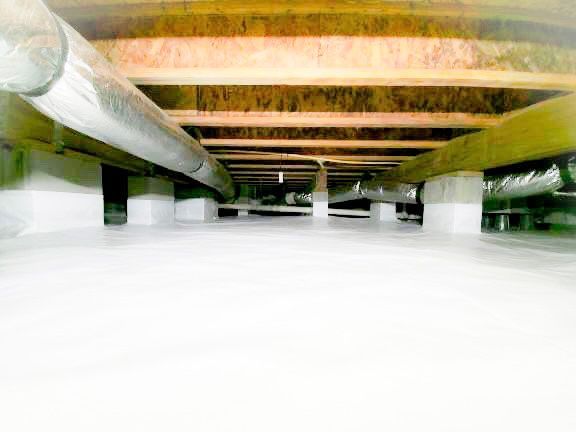
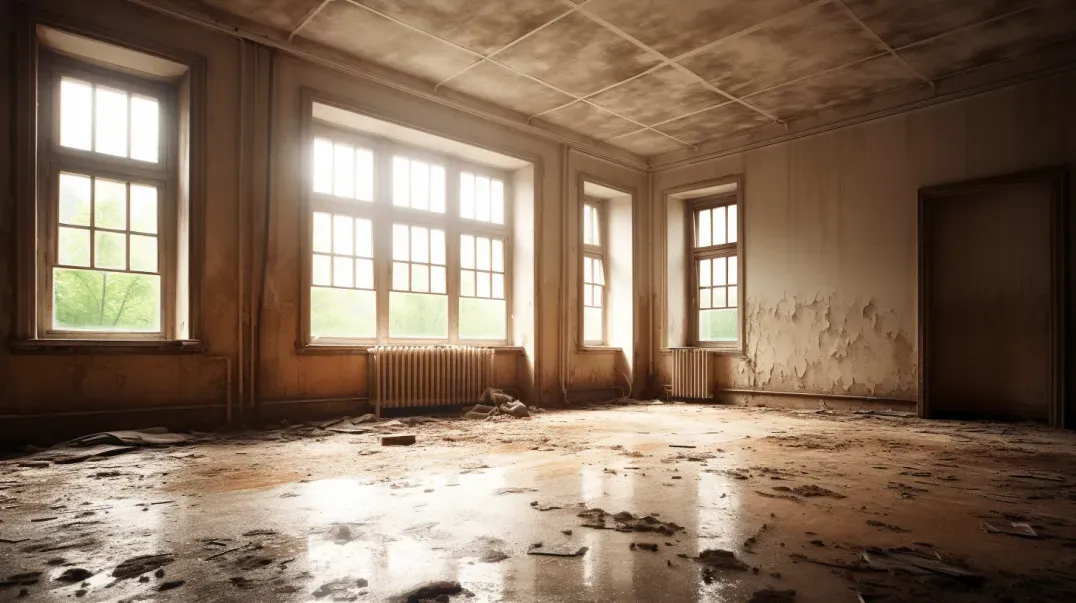
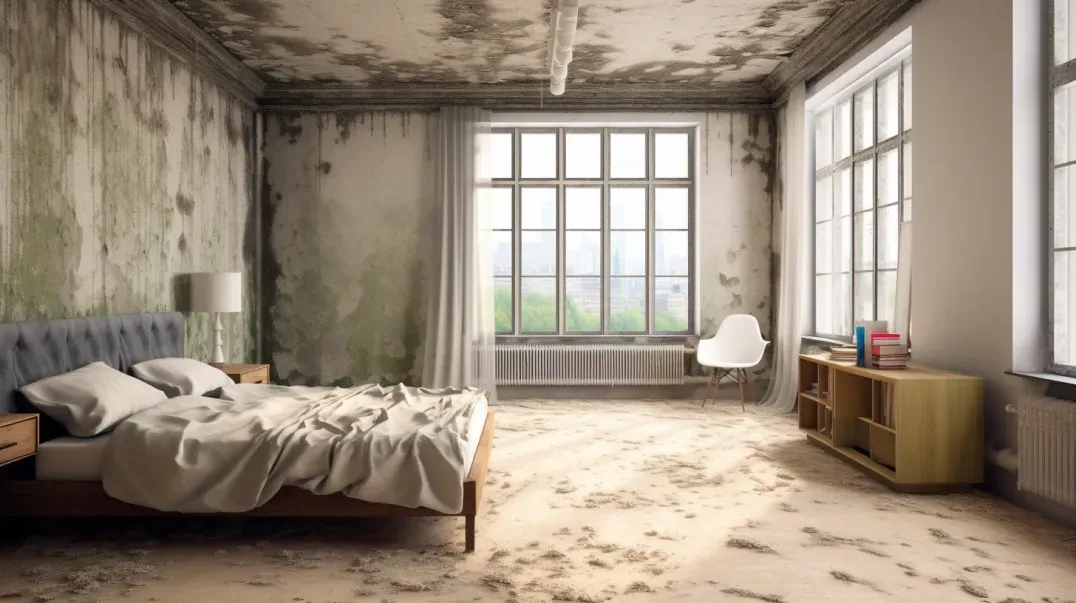
Schedule Your FREE Crawl Space Evaluation Today
There Is No Crawl Space Job We Can’t Fix!



